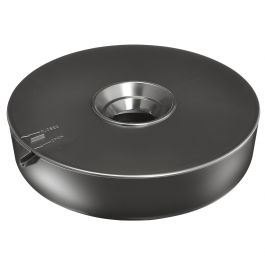- Joined
- Nov 4, 2018
- Messages
- 377
- Reaction score
- 158
Hi everyone,
I'm currently planning on including mysis shrimp to the diet of my fish, however, mysis shrimp is expensive and hard to come by here, so I've read that you can gut load brine shrimp so that it becomes nearly as nutritious than mysis. How exactly do you gut load brine shrimp? Is adding some vitamins/selcon enough? I plan on hatching my brine shrimp and then gut load them once they hatch, and then freeze them afterwards so I can make a large batch and feed them to my fish whenever I like. Would this work? Many thanks!
I'm currently planning on including mysis shrimp to the diet of my fish, however, mysis shrimp is expensive and hard to come by here, so I've read that you can gut load brine shrimp so that it becomes nearly as nutritious than mysis. How exactly do you gut load brine shrimp? Is adding some vitamins/selcon enough? I plan on hatching my brine shrimp and then gut load them once they hatch, and then freeze them afterwards so I can make a large batch and feed them to my fish whenever I like. Would this work? Many thanks!



















